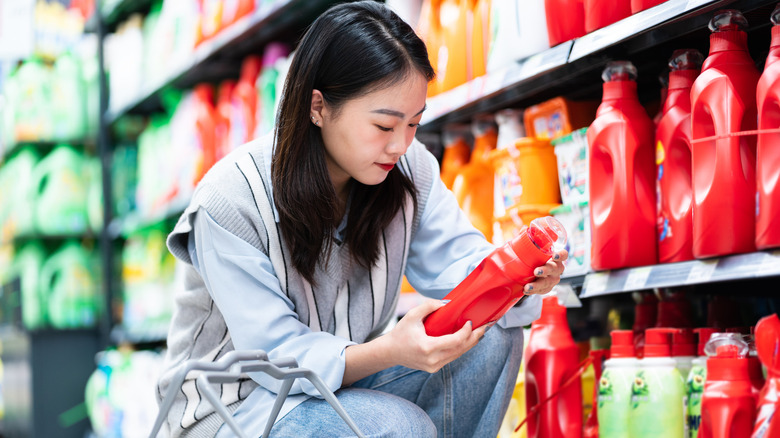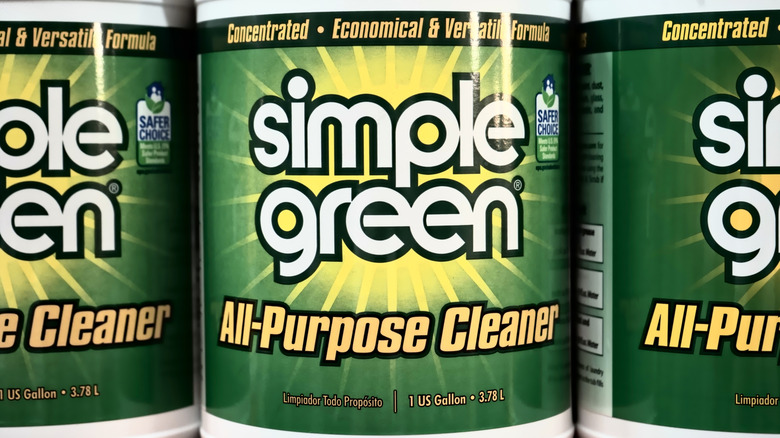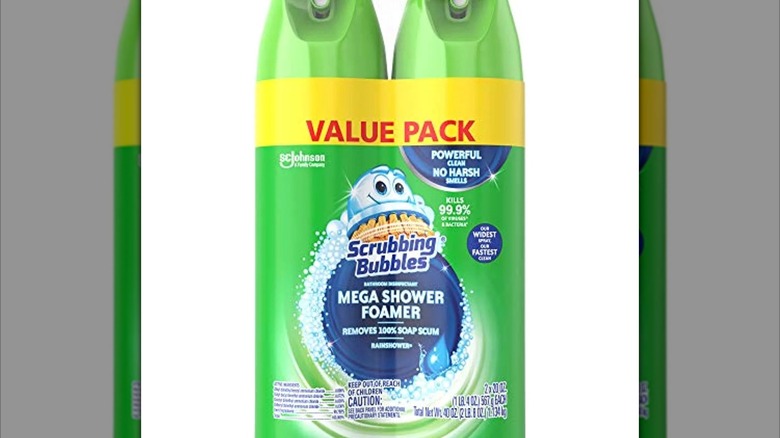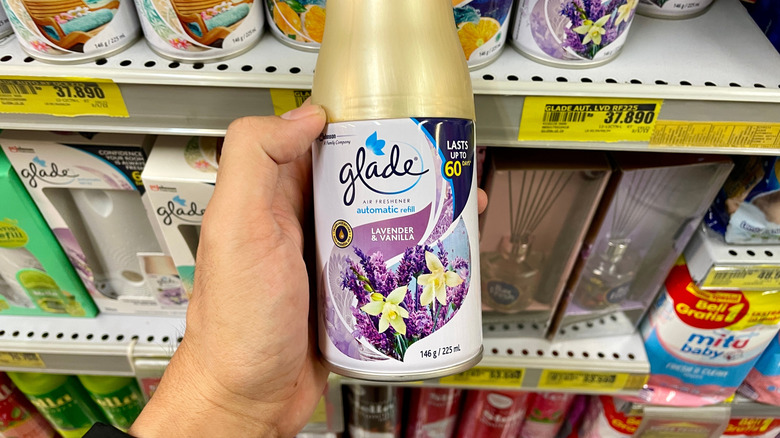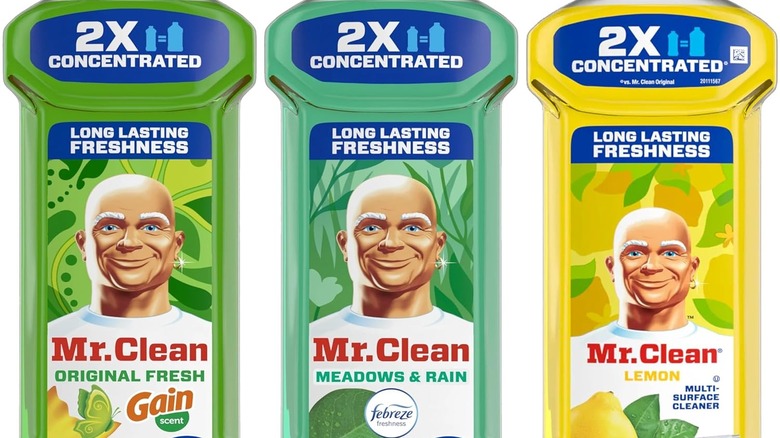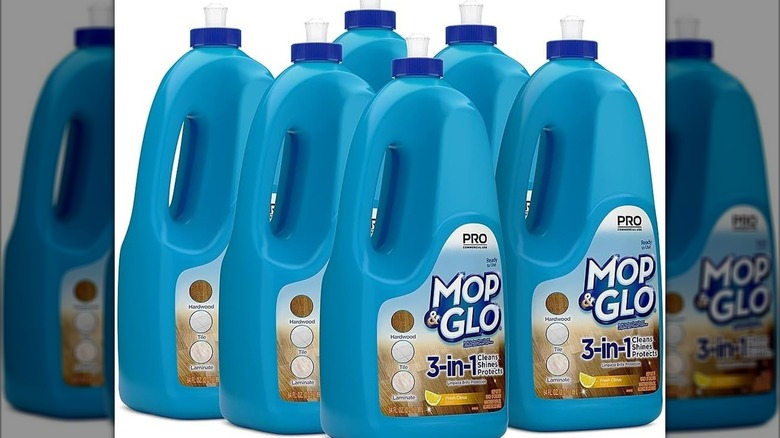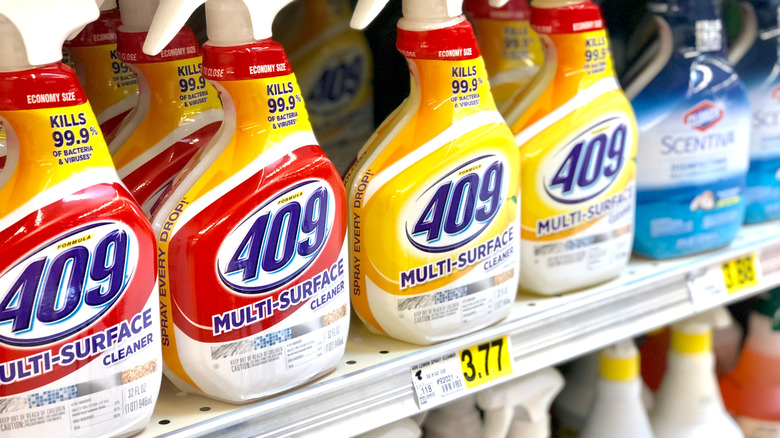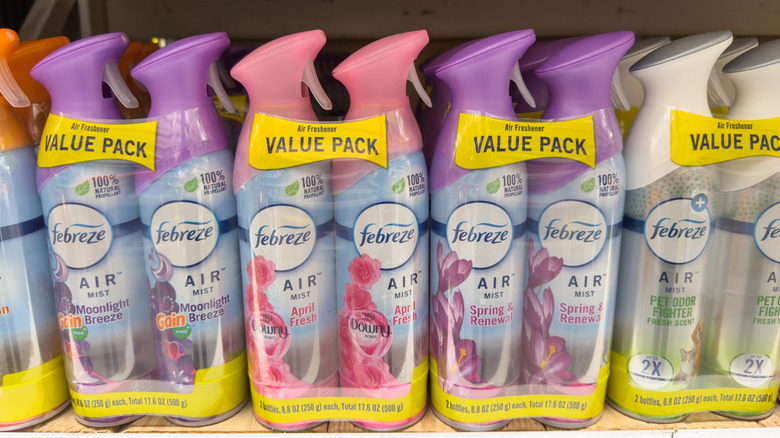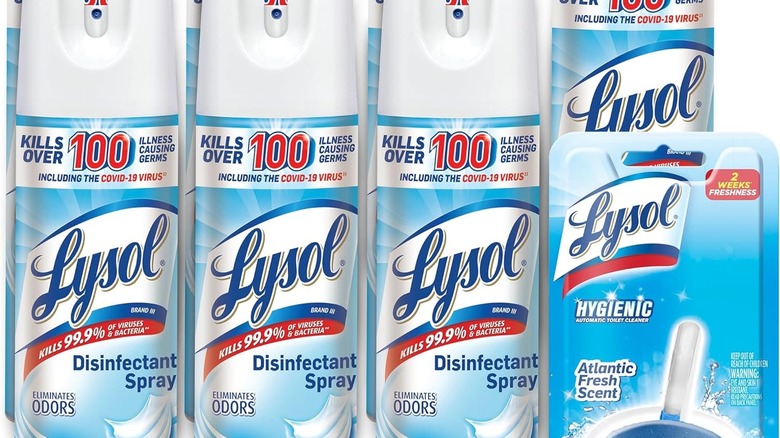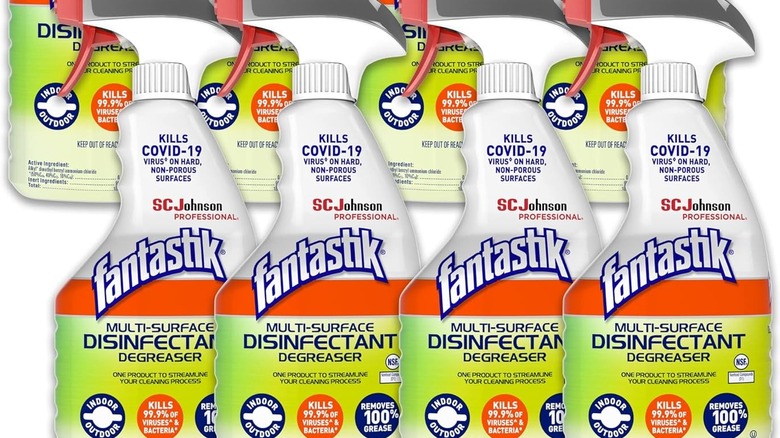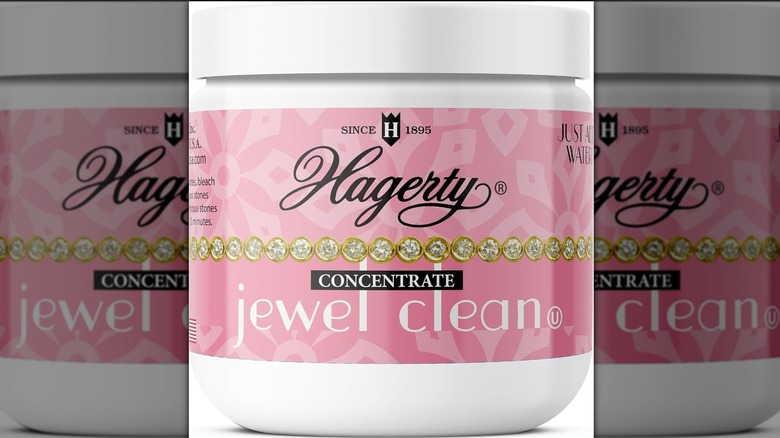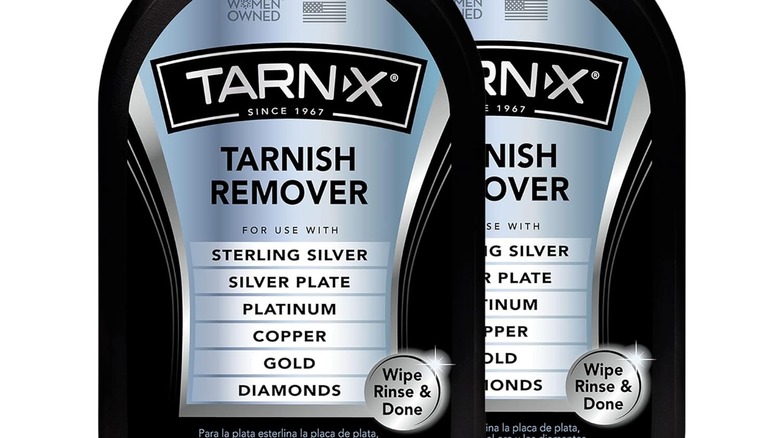11 Common Cleaning Products With Ingredients That Are Doing More Harm Than Good
We may receive a commission on purchases made from links.
Many consumers are putting effort into purchasing cleaning products that are less toxic and more environmentally friendly. However, doing research into the health and environmental impacts of specific ingredients takes time and can be a complex undertaking that many people don't have time for. Based on the Environmental Working Group's "Hall of Shame" naming particularly toxic cleaning products, we've compiled a list of items with ingredients you may want to avoid.
Some of these products have specific brand names, but it's important to keep in mind that there are general categories of products to be wary of, such as aerosol air fresheners. There's been a huge effort on the part of many manufacturers to develop cleaning products that seem to contain "natural" ingredients, but as with food products, reading the ingredients on labels is the best way to stay informed. It's also important to know if a problematic ingredient is known by more than one name, or if certain terms (such as "perfume") are intentionally vague and may not give detailed information about the ingredients involved.
Though it may be challenging to make the shift to all natural, non-toxic cleaning products, any effort made to reduce the use of toxic chemicals is beneficial. Also, it's a relatively straightforward process to learn about ingredients in cleaning products that may pose health or environmental risks. The EWG website also lists products that are non-toxic alternatives that have received their seal of approval.
1. Simple Green
The EWG site states that this cleaner, even though its name suggests it is environmentally-friendly, contains 2-butoxyethanol, a solvent that can cause eye irritation, as well as alcohol ethoxylate surfactants, ingredients which have been banned by the European Union and in some parts of the United States. Another thing to bear in mind about this product is that it is sold as a concentrate, and should be diluted with water before use. However, it is sometimes sold in a spray bottle which suggests it should be used at full strength as a spray cleaner.
2. Scrubbing Bubbles Mega Shower Foamer
This shower cleaner, and the Scrubbing Bubbles Antibacterial Bathroom Cleaner, both contain up to ten percent DEGBE, also called butoxydiglycol, a solvent banned in the European Union at concentrations above three percent in aerosol cleaners. The EWG has determined this ingredient to be potentially toxic at this level of concentration. This solvent is known to the EWG be a lung irritant and is also associated with damage to vision and endocrine system disruption.
3. Glade air freshener sprays
Aerosol air fresheners can be used as inhalants and are therefore potentially dangerous when used intentionally for this purpose. Glade's aerosol air fresheners do have a label warning that says "intentional misuse by deliberately concentrating and inhaling the contents can be harmful or fatal." The use of aerosol products as inhalants has risen in recent years, especially among teenagers, as these products are widely available. The health impacts resulting from use of inhalants may include brain and kidney damage. Many consumers are turning to using non-toxic cleaning solutions like vinegar to help dispel household odors.
4. Mr. Clean/Gain all purpose cleaner
The Mr. Clean products have also been around a very long time, but in recent years newer formulations, such as the multi-surface cleaner, include fragrance ingredients like Gain detergent and Febreze air fresheners. These product tie-ins may be good for brand recognition, but the additional fragrance ingredients can be toxic. Ingredients such as quaternary ammonium compounds or ethanolamine have been found by a study in the journal Environmental Science & Technology to be harmful. Although it contains no bleach, chlorine, or ammonia, the fragrance compounds in this heavily concentrated cleaner may have undesirable health impacts.
5. Mop & Glo floor cleaner
Mop & Glo is another product with long-standing brand name recognition. Their multi-surface floor cleaners are advertised as being suitable for a variety of floor materials. However, these highly concentrated products contain ingredients in much stronger proportions than are recommended by the United Nations Economic Commission in Europe: especially DEGME, also known as methoxydiglycol, which is associated with fetal damage. At the very least, these products should be heavily diluted before household use.
6. Formula 409 multi-surface cleaner
Formula 409, another cleaning product company that has been well-known for decades, makes multi-surface spray cleaners. These products contain ammonium compounds, which, according to EWG, can trigger asthma attacks, and possibly cause new cases of asthma in people who previously didn't have it. With pediatric asthma cases on the rise in the United States and throughout the world, it's important to try and avoid ingredients that may cause or exacerbate this condition.
7. Febreze air fresheners
Febreze makes a wide variety of products intended to "freshen" air that work mainly by masking odors with perfumes and other chemicals. The EWG found that Febreze spray products have been linked to asthma. The Environmental Protection Agency recommends lessening the use of perfumed air fresheners in enclosed areas. Essential oils can be safely used for creating natural fragrance sprays to help mask odors in the home.
8. Lysol disinfectant spray
Lysol is a name synonymous with disinfectant products and cleaners. However, some of these products, such as their disinfectant sprays, contain ingredients like ammonium hydroxide, a noted environmental hazard, or hydrogen peroxide which, when inhaled, may also cause health issues. Using these aerosol products in enclosed environments is not recommended. Natural products such as vinegar is a suitable disinfectant that can replace commercial products in some cases, though it is not as successful as killing germs and viruses.
9. Fantastik spray cleaner
Some Fantastik multi-surface spray cleaners, advertised for cleaning, disinfecting, and degreasing, contain quaternary ammonium compounds or ethanolamine, an ingredient associated with triggering asthma attacks and asthma symptoms in those who have not previously had asthma. A study conducted through the Central Michigan University College of Medicine has determined that high exposure to these compounds can lead to health risks. Vinegar and baking soda used together for household cleaning make a very effective degreasing cleanser, without the toxic ingredients found in many commercial products.
10. Hagerty Jewel Clean
This jewelry cleaner contains perchloroethylene, a toxic solvent that is suspected to be carcinogenic to humans, according to the California OEHHA Proposition 65 list. Some of the ingredients can also cause skin or eye irritation, so caution is advised when using this product to avoid having it make contact with the eyes or exposed skin.
11. Tarn-X
This metal cleaning product, which is wiped on and off silverware and other metal items including jewelry with a cloth rag, is advertised as working quickly and easily. This tarnish-removing cleaner may contain up to seven percent thiourea, a chemical classified as a carcinogen in the state of California. The manufacturer has provided its workers with information saying that prolonged exposure to this ingredient can cause adverse health effects, including reproductive complications.
